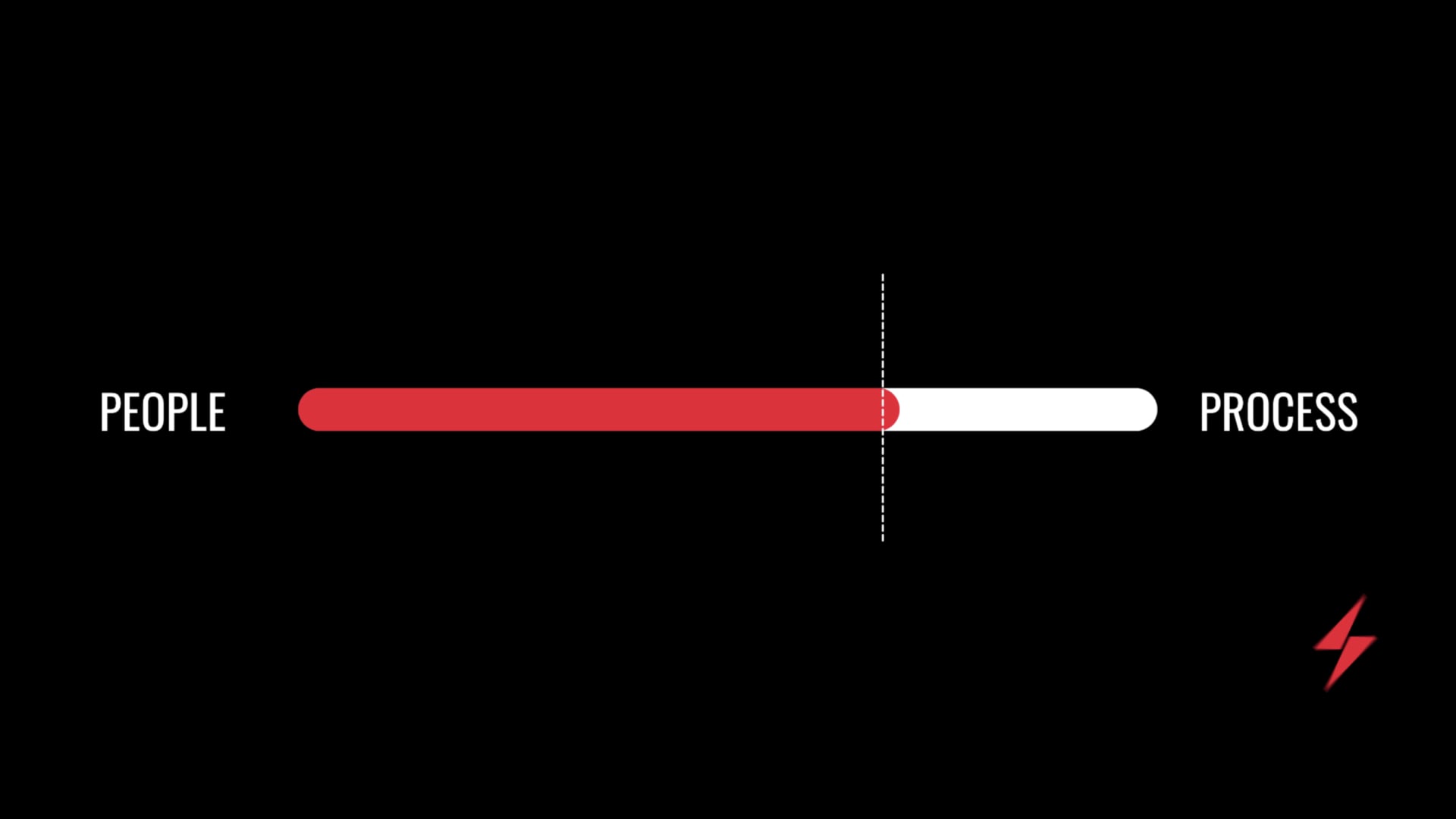By Mick Tyler and Andrew Walker
Every annual cycle is the same. We assess all work to be undertaken, think of clever ways to make it happen, and take an approach that we have to do more with less. We submit a budget, to which the reply is usually “Approved… but you will need to reduce your operating costs.”
The challenge is: Where will these reductions come from?
In most utilities, the biggest operating expense is people — as much as 70% of the budget goes toward salaries (direct and indirect costs). So to reduce this cost, companies resort to offering redundancies.
There is a much more preferable alternative: streamlining your operations.
Our insight is simple: The tech that powers your operation is key. Get it right, and you get exponential returns and efficiency dividends. Get it wrong, and you can almost guarantee jumbled schedules, wasted resources, and frustrated teams. (And something about big ERP systems that staff can’t use requiring teams of admin people.)
Spotting opportunities for efficiency in your organisation
Does this sound familiar?
A maintenance team turns up to a project to conduct scheduled works, only to discover that the person with the authority to give access to the site has not yet arrived. Or the traffic control is not set up.
They phone the supervisor to find out where they are and get told, “I don’t know, but I will look into it.”
Or how about this scenario?
The planning team maps out a project in Excel before creating a job pack to be printed.
A scheduler converts this into an SAP plan, triggering an email to the Works Supervisor, who reworks the order on a whiteboard or reprints.
Once the work is completed, the Field Staff then writes on the job pack or types into Excel what work was actually performed.
When large numbers of people need to work together, works planning and coordination can be a major stumbling block, but it is the key to efficient operations.
Compounding this, different teams in large organisations often adopt various and disparate management tools. Simply because they’ve done it that way for decades or with the best of intentions, they have, in isolation, innovated their processes.
But quite often, it is the handover of work between departments that creates rework, resulting in inefficiencies and unnecessary complex processes.
This is a big problem that results in tens of millions of dollars wasted every year. At a single utility, we saw a 20% Day of Operations cancellation rate of planned work due to simple works coordination issues.
You will almost certainly have a business case for change if you notice any of these in your organisation:
- Multiple teams coordinating functions with different systems
- Individuals needing to consult multiple systems to understand what work they need to undertake
- Schedulers frustrated with their existing systems (just ask them)
- Unable to bundle works to increase daily utilisation and no real-time utilisation rates
- Lack of accurate understanding of Day of Operations cancellation rates
- Visibility of team members and what they are working on at any given time
- Not having the tools to understand the true cost of running your business
So what can you do about this?
Streamline the tech to streamline the operations
The good news is that the solution is more straightforward than most people realise.
You already have all the information required to improve the process. It’s just not readily available to those making the decisions. What’s needed is some custom tech to bring it all together.
The even better news is that it can be solved in just a few weeks.
In this situation, a simple, open, cost-effective, and cloud-native digital solution can be built in a few weeks to assemble and aggregate existing information sources into one “source of truth” for the various parties involved in planning, scheduling, dispatch, and close-out.
The tool itself can be highly customised while allowing existing scheduling, HR, financial, and ERP systems to do the heavy lifting.
Collaboration between the parties can easily be built into the solution because everyone is working from the same real-time source of truth.
Decisions made using the tool can be communicated to and stored in the originating systems to avoid creating unnecessary complexity in the custom solution.
We’ve worked with utilities, manufacturers, and transport companies to solve big efficiency challenges with custom tech. We’ve even worked behind the scenes for management consultants (doing this job for them).
In fact, we saved one utility $10 million every year with a tool that cost just a few hundred thousand.
Can’t we just buy something?
We often hear this from people who have sat through shiny sales presentations from big ERP companies who promise their software can do anything.
It’s worth remembering that off-the-shelf software is designed for a broad audience of businesses and as many as possible — but not for the specific needs of utilities. Let alone your utility with your teams, the ways of doing things, and your systems. At best, this software is like building with square LEGO bricks: if you’re trying to make a wheel, you’re going to hit some bumps.
In addition to this, the hidden cost of off-the-shelf software is the months or years of configuring software after you buy it, trying to get it to work with your existing systems, which are often systems that the ERP vendors don’t want you to work with.
ERPs are where your data has to be stored to gain the big insights and multidivisional data integration between asset/ finance/procurement/logistics/program and project works, but how your staff manipulate that data (i.e. use it) can be a customised. We can give your staff a great UI/ experience whilst maintaining ERP data integrity.
Custom is surprisingly cheaper — now and in the long run
Many senior executives we work with are both surprised (and then relieved) to discover that with modern technologies, like cloud computing and rapid-coding languages, a custom system can be built for less than the cost of the off-the-shelf software and much less than the cost of allowing inefficiencies to linger year after year.
Also, there are substantial cost savings with custom build that your staff has designed vs ERP change management and staff retraining.
Our teams specialise in rapid iterations and exponential deployment.
That means a first version is built in a few weeks as a small inexpensive pilot to engage with a small group of users at a single office or depot.
When the pilot is successful, we expand the deployment to other areas and users, each time tweaking the process whilst maintaining process uniformity.
Within months, a fully adopting operational system has been deployed.
This end-to-end process typically takes less time than a traditional business would to write a technical scope and blueprint for their solution.
And because it’s custom, it’s cheaper and easier to keep updated with new developments. (No need to shave off corners to fit in the round hole of the off-the-shelf system.)
It also allows your company to own the code and, if desired, develop an in-house capability to maintain it.
Where do we begin?
Chances are, there are some big opportunities for efficiency in your organisation that just might help tick off your KPIs for the year and won’t require reducing headcount.
You will find your experience with us a refreshing change.
Our first conversation with clients always starts with our industry experts who can write a scope — Mick Tyler and Andrew Walker. Mick specialised in innovating operations at AusGrid and currently designs efficient processes for other Australian utilities. Andrew is an innovator who knows how to build and deploy digital solutions faster than most other companies.
So if you can relate to any of the utility challenges we mentioned or if you’re ready to realise business efficiencies and want to operationalise your ideas, it’s worth getting in touch with our team at ThunderLabs.
We’ve seen these challenges before, and we have solutions. It might just be the most productive coffee you will have all year.


